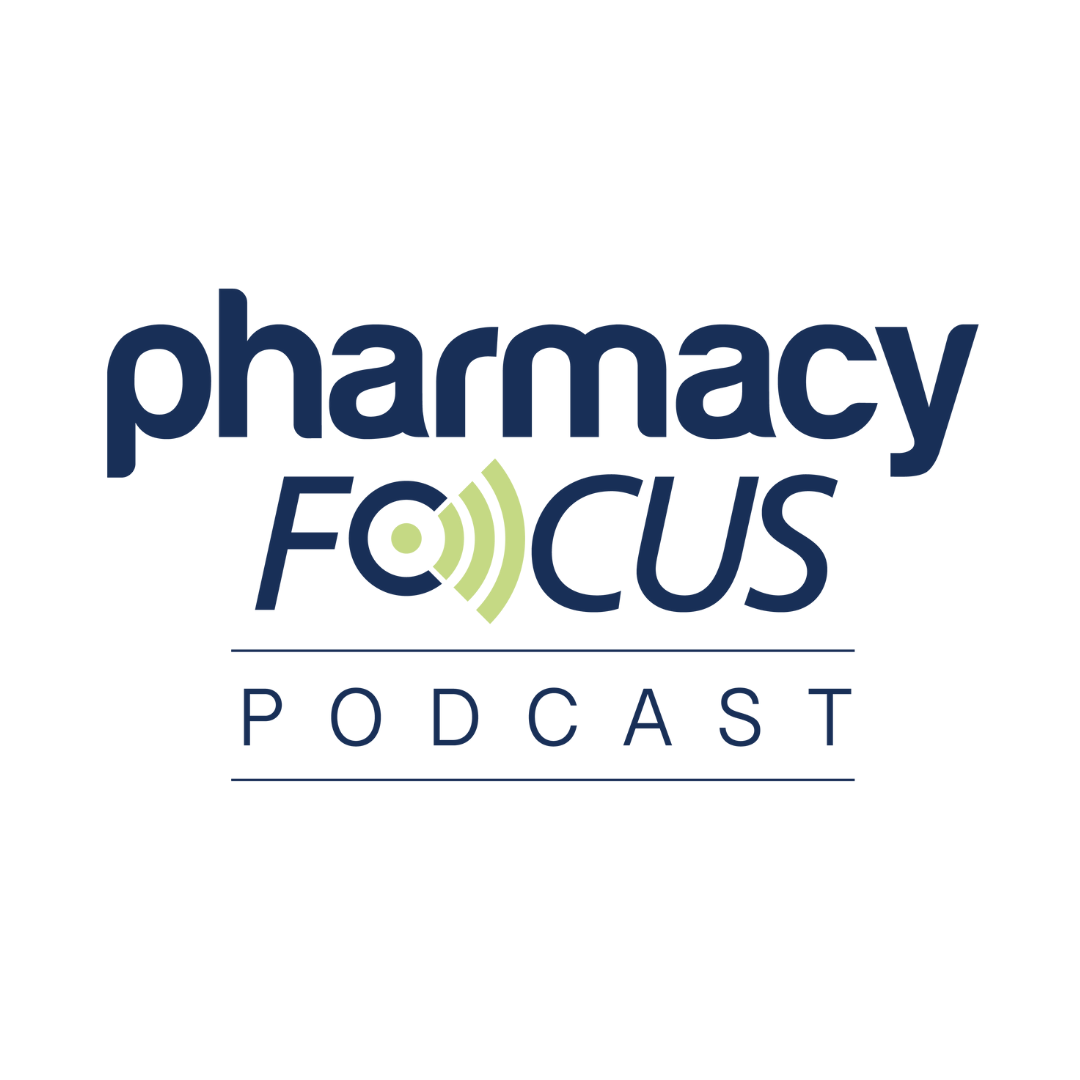News
Article
ADHD Stimulant Dispensing Decreased Over the Past Decade, Study Finds
Author(s):
Key Takeaways
- Prescription stimulant use for pediatric ADHD has declined due to the COVID-19 pandemic and Adderall shortage.
- ADHD is a lifelong disorder linked to prefrontal cortex dysfunction, affecting attention regulation.
Prescription stimulant dispensing was greatly impacted by the COVID-19 pandemic and drug shortages.
Prescription stimulants are one of the most common treatments for pediatric patients with attention-deficit hyperactivity disorder (ADHD), but their use has been declining since the COVID-19 pandemic and the shortage of immediate-release mixed amphetamine salts (Adderall; Takeda Canada Inc), which was announced in October 2022. A study published in Pediatrics reported that dispensing of immediate-release mixed amphetamine salts was offset by increased dispensing of other stimulants, largely prompted by the drug shortage and COVID-19 pandemic.1
ADHD written on pill | Image Credit: © Joel bubble ben - stock.adobe.com

ADHD is a lifelong neurodevelopmental disorder that starts in childhood and impairs daily functioning, impacting an individual’s ability to manage various aspects of one’s life and properly function in school or work environments. It is largely believed that ADHD is “deficit” of attention; however, individuals with ADHD have difficulty regulating their attention rather than not enough of it. The underlying causal mechanism of ADHD is unknown, but it is understood to be highly hereditary, and various studies suggest environmental factors or complications with the central nervous system during development may play key roles.2
Symptoms of ADHD can include hyperactivity, impulsivity, and inattention, but these can vary amongst individuals and between boys and girls. Boys with ADHD typically present with hyperactive symptoms that are more obvious, whereas girls tend to be inattentive. The severity of these symptoms is greatly impacted by fluctuating environmental demands.2
Studies have found that ADHD is associated with weaker function and structure of prefrontal cortex (PFC) circuits, which play a crucial role in regulating attention, behavior, and emotions. Stimulants are the most common treatment for patients with ADHD and are believed to increase the availability of dopamine and norepinephrine in the PFC, thereby relieving symptoms. Despite long-standing perceptions about overdiagnosis of overmedication of ADHD, dispensing of stimulants has been decreasing over that past decade.3
Using data from the 2017 to 2023 IQVIA Longitudinal Prescription Database, researchers evaluated changes in prescription stimulant dispensing in children between 5 and 17 years of age that were associated with the COVID-19 pandemic and drug shortages. They performed an interrupted time series design and analyzed level and slope changes in the monthly stimulant-dispensing rate (number of children with stimulant dispensing per 100,000 children) in March 2020 and October 2022.1
The data showed that monthly stimulant-dispensing rate to children declined −454.9 children per 100,000 (95% CI, −572.6 to −337.2), an 18.8% decrease from January of 2017 to March of 2020. After March 2020, there was an increase to 12.7 children per 100,000 per month (95% CI, 6.6–18.8).1
By October 2022, the researchers reported no level change (−39.7 children per 100 000; 95% CI, −189.9 to 110.5) or slope change (−12.1 children per 100,000 per month; 95% CI, −27.5 to 3.3). During the same month, there was a level decrease in the monthly dispensing rate for immediate-release mixed amphetamine salts and a level increase in the monthly dispensing rate for dexmethylphenidate (Focalin; Novartis).1
Although stimulant prescriptions have been a cornerstone of ADHD management, their recent decline raises important questions about access, prescribing practices, and potential gaps in care. As ADHD remains a lifelong condition, ensuring stable access to effective treatments must remain a priority for clinicians, policymakers, and pharmaceutical manufacturers alike.





